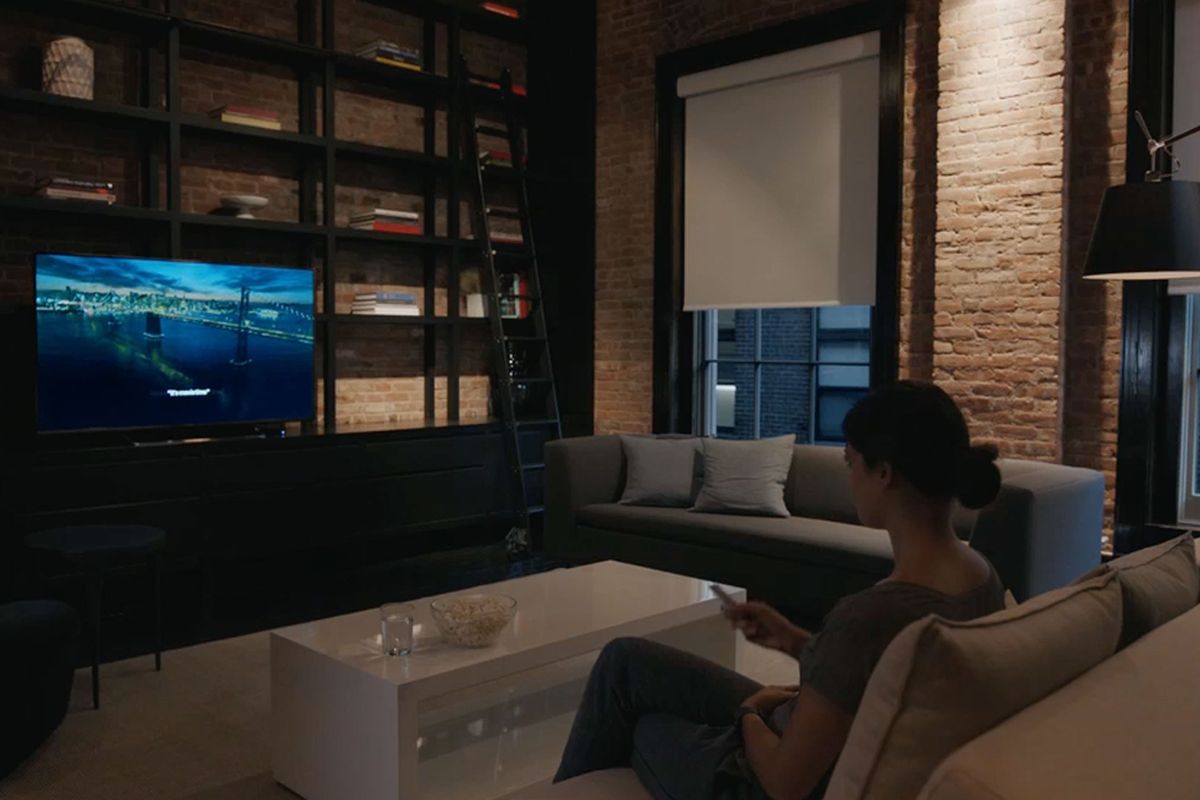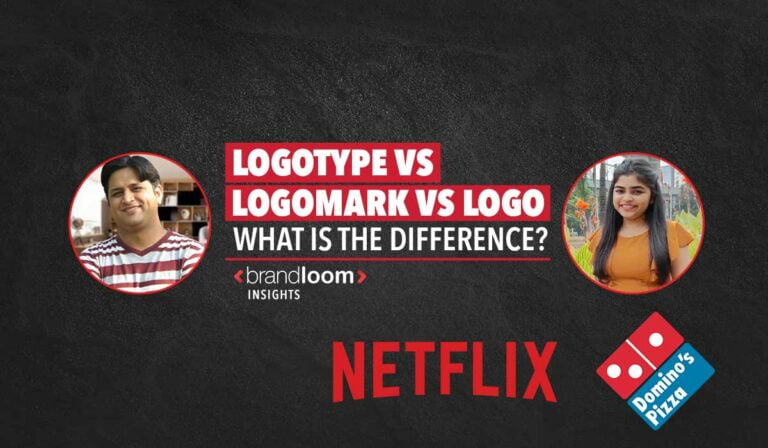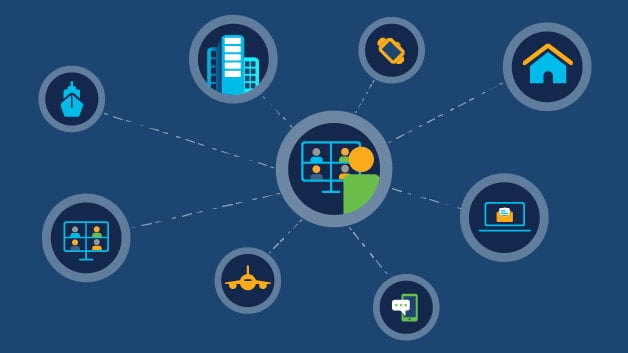
/cdn0.vox-cdn.com/uploads/chorus_image/image/54651849/hero_medium_2x.0.jpg)
The Internet of Shit is a column about all the shitty things we try to connect to the internet, and what can be done about it. It’s from the anonymous creator of the Internet of Shit Twitter account.
If you want to start an absolutely thrilling dinner table conversation with friends, try asking them what Internet of Things platform they’re using. Unsurprisingly, not many people know what IoT means, let alone what’s going on beneath their gadgets. All they care about is whether they work together or not — and most of the time they don’t.
HomeKit, by Apple, was launched as a way to finally bring together all of your awful-but-slightly-useful internet gadgets for the home. Instead of dealing with a bunch of disparate standards promoted by different companies, Apple proposed a new ecosystem of smart home accessories that could be built securely on a series of common requirements. Then Apple would surface each one of those devices in Siri or, eventually, in its own Home app on iOS devices.
Here’s the thing, though: the result isn’t really a logical evolution of what a “smart” home should look like.
Being the ever-ironic person behind the Internet of Shit account, I own a ton of shitty internet-connected devices — despite how much I abhor them. At first, when I was starting out, I’d try to buy HomeKit-compatible ones to make life easier, but it’s amounted to little in the end.
The peculiarities become obvious within a few minutes of using Apple’s Home app. Want to automate anything or control your devices remotely? Better go out and buy an Apple TV!
This is crazy for many reasons, in no small part because millions of people, including myself, have an Airport router lying around that’s better suited for the job. Other home device makers, like Samsung’s SmartThings, have “hub” devices that take care of all of this for a reasonable price — spending an additional $149 for an Apple TV is not reasonable. Alternatively, Apple suggests using an iPad (starting price $329) for the home hub, but it must be “in your home, connected to your home Wi-Fi network, and powered on” at all times. Is this really the post-PC future we were promised?!
Things get weirder once you’re set up with all your devices in the Apple Home app. I was lured into HomeKit by the promise of one app to rule them all — which it is, to an extent — but the Home app gives all of your light bulbs, humidity sensors, temperature sensors, and whatever else you have connected the same amount of precedence in the interface. After you’ve added a thermostat, a lock, some light bulbs, a doorbell, sensors, and maybe a security camera, the Home app displays a bunch of buttons that are all the same size and shape, some of which are actionable and others which are simply informing you it’s 70 percent humidity right now. The default Home app, which comes preinstalled on every iPhone, ends up being a useless sea of icons that’s difficult to navigate or search — there’s no way to hide devices, and even useless items like the Philips Hue Bridge, which does nothing more than connect your widgets to the internet, shows up as a button. There are third-party app alternatives which can tap into the standard underneath, but they’re limited in what Apple allows them to do.
HomeKit itself, while a good idea in theory, is marred by Apple being the middle-aged dad of technology. It ignores newfangled cloud technologies entirely — you’re forbidden from storing any device logic in the cloud, for example — and would rather dictate from its own Silicon Valley bubble about what a smart home should look like, forcing device makers into subservient relationships in the process. The companies behind our devices, both big and small, must make hardware changes to be accepted into HomeKit, must add authentication chips that are only available from Apple, must choose an Apple-approved manufacturer, must send free samples for certification, and must not talk about the certification while hoping they don’t go bankrupt while waiting for the entire process to complete.
Here’s an example of the frustration HomeKit creates: I bought Philips Hue lights a few years ago, and had been happily using them via the app provided by Philips. But if I wanted to get them working with HomeKit and the Home app I’d need to go out and buy an upgraded $59.99 bridge with Apple’s special chip just to get them talking — a change that could normally be done via a software upgrade. The same goes for other existing devices. If it didn’t ship with HomeKit support, you’ll have to replace it at your own cost to get it working later on. With Google Home, all I had to do was pair my existing Hue bridge and it worked immediately with my voice — no weird naming or specific phrases like “Siri, turn off Office Lights 2” required.
I must concede that this rigor is a net positive: Apple’s approved HomeKit devices are presumably the least likely to suffer from IoT plagues like the Mirai botnet that famously took down millions of connected cameras. For many IoT manufacturers and their customers, the last thing they’re thinking about is security, as we’ve all seen. What frustrates me is that HomeKit ignores all previous work done to standardize the Internet of Things, leaving thousands of useful products incompatible. Because HomeKit is designed to be the secure all-encompassing platform for IoT devices for iPhone users, there’s no way Apple will ever include other standards because, by their definition, they’re stupid and insecure. This forces you, your family members, house guests, and anyone else in your home to commit to a phone platform for the long haul — an unreasonable ask.
HomeKit only advantages iOS users, not the billions of other device users out there. If you — or someone in your home — switches from iOS to Android, you might find yourself needing to replace your smart home one day. It’s incredibly “Apple” to exclude any other platform, a similar attitude to how the company deals with iMessage, AirPlay, FaceTime, and other technologies. But when you’re talking about the home, which is a far longer commitment than a two-year contract with your carrier, ecosystem lock-in is a huge problem.
Here’s something else bizarre: Siri on Apple TV can’t be used to control your smart home, despite being a critical component of a HomeKit network. Instead, Siri’s voice commands can only be accessed from the iOS devices you manually invite to join your home setup. HomeKit also requires you to speak using painfully specific names for each device, which can mean it simply doesn’t work much of the time, and you have to recall the awkward naming scheme to actually get it to work. Home and Alexa are much more linguistically flexible in this regard. For example, you’re able to refer to “the lights” and the commands will just work.
Voice is where the takes from Amazon and Google on the smart home really shine: you can control your home devices without being dependent on a smartphone. Apple can’t (but does) expect every man, woman, and child to have an iPhone or iPad with them at all times in the family home. An Amazon Echo or Google Home speaker with built-in microphones as your smart home interface makes a lot more sense, as it opens up your space for everyone to interact with the home in a far more natural way. Amazon is being particularly aggressive with its rollout: Alexa is now being integrated into kitchen appliances, speakers, lamps, TVs, and cameras, (even cars) which significantly lowers the barrier to making every room in your house smart. You can just speak aloud to your fridge — even though that’s ridiculous — to mute the music or turn off the lights.
What I had hoped HomeKit would do is “just work” with a wide range of certified devices. But Apple’s vice-like grip on the program means it’s been slow progress in the three years since HomeKit was announced. And you’ll never see support for voice systems like Alexa or Home, so you’re stuck with Siri forever, along with a hope that rumors of an Echo-like device from Apple will one day bear fruit.
Soon you’ll be choosing your smart home — like I did — based on the platform underneath, locking you to a bunch of devices that one filthy-rich company chose. And if you’re placing your bet on HomeKit, then you’ll be stuck with it and it alone for the long term, in a marketplace that’s evolving faster than Apple. Apple’s consumer lock-in is a smart play for its profit margin, but not for you or your home.
[“Source-theverge”]





